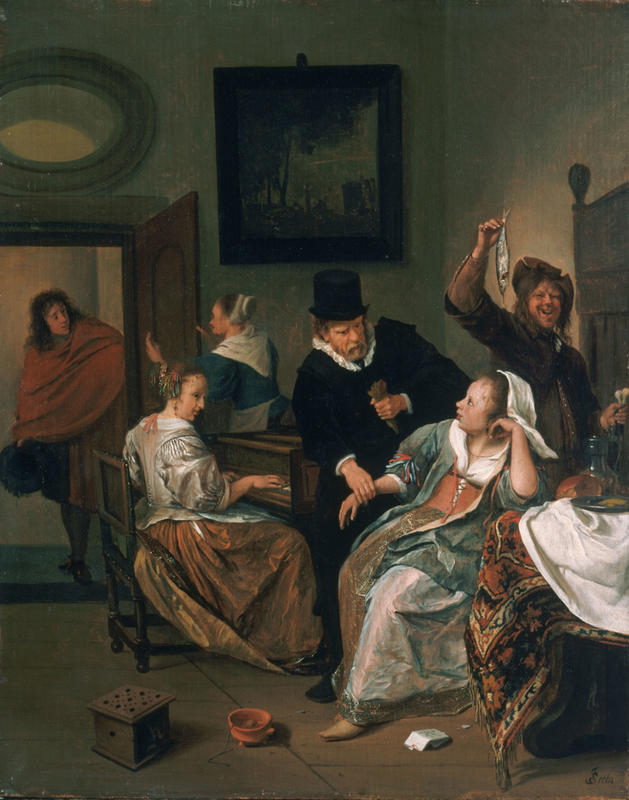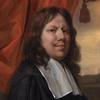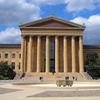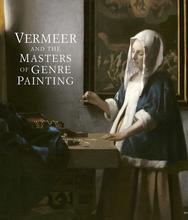More about The Doctor's Visit
- All
- Info
- Shop

Contributor
In the 17th century, the Dutch people were all about depictions of everyday life.
Gone was the 16th-century love of grand illustrations and tasteful nudes, the type of artwork made famous by Italian painters like Leonardo da Vinci and Michelangelo. No, the people wanted something a bit more family-friendly, familiar, and clothed. It is interesting that out of this change of tastes, came a demand for depictions of a very specific type of doctor visit which, weirdly enough, perfectly encapsulates the times.
When we say that there was a demand for this kind of picture, we really mean there was a DEMAND. Jan Steen painted eighteen versions of this image, which is a lot considering it does not contain Jesus. And I don’t just mean that he painted eighteen paintings of just any doctor’s visits. In these, all the doctors are treating some lovesick girl surrounded by family who are in turn making fun of the patient’s dramatics. Lovesickness or “mine-koortz" (fever of the heart) was widespread in 17th century Netherlands. The illness, which was considered a legitimate illness caused by an imbalance of the humors, tragically could only be cured by marriage. So the doctor’s presence in this portrait is, in fact, a joke.
This joke, while timelessly hilarious, also was incredibly relevant to the 17th century. Dubbed the Age of Scientific Revolution, this era was a major turning point in the history of human learning, when methods of experimentation and logic were standardized. Things like the “humors” and “lovesickness” were beginning to be seen as the nonsensical things that they were. Unlike pictures like The Gross Clinic, disease is not depicted as some horrible force of dread but, possibly for the first time in western history, something that is easily laughed off.
Sources
- Clark, Stephanie Brown “The Doctor’s Visit” NYU Langone Health 05/09/05 http://medhum.med.nyu.edu/view/10398
- Lyons, Albert S., MD “MEDICAL HISTORY — THE SEVENTEENTH CENTURY” Health Guidance 04/20/07 https://www.healthguidance.org/entry/6350/1/medical-history-the-sevente…
- Web Contributor “ 16th Century Art” Artsy 10/30/2019 https://www.artsy.net/gene/16th-century
- Web Contributor “The Doctor’s Visit” Google Arts and Culture viewed on 10/30/2019 https://artsandculture.google.com/asset/the-doctor-s-visit/CAFUBi_uKbd6…












